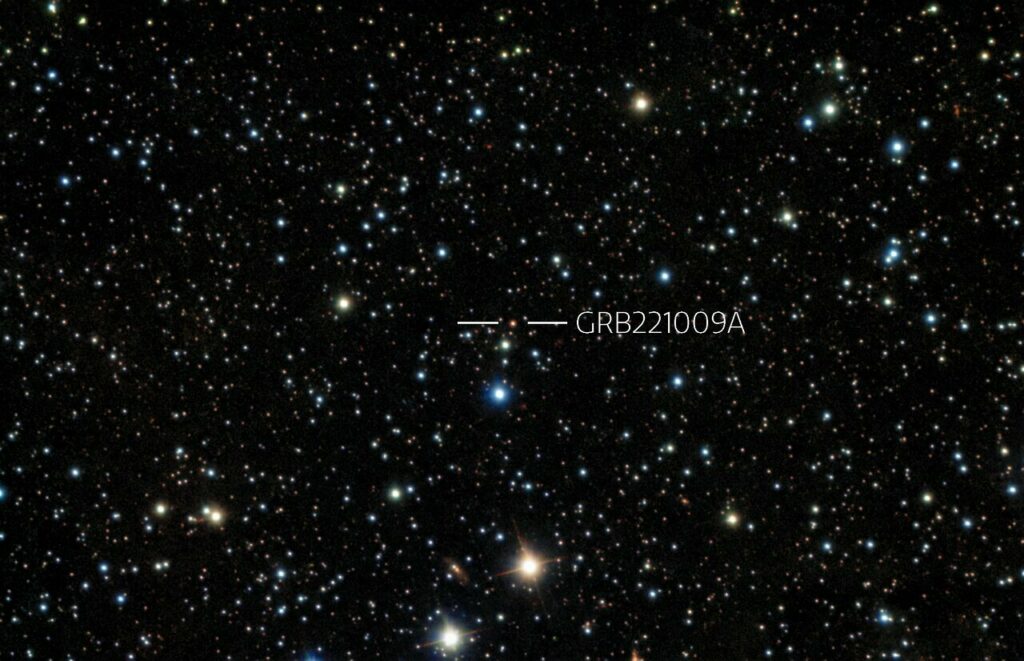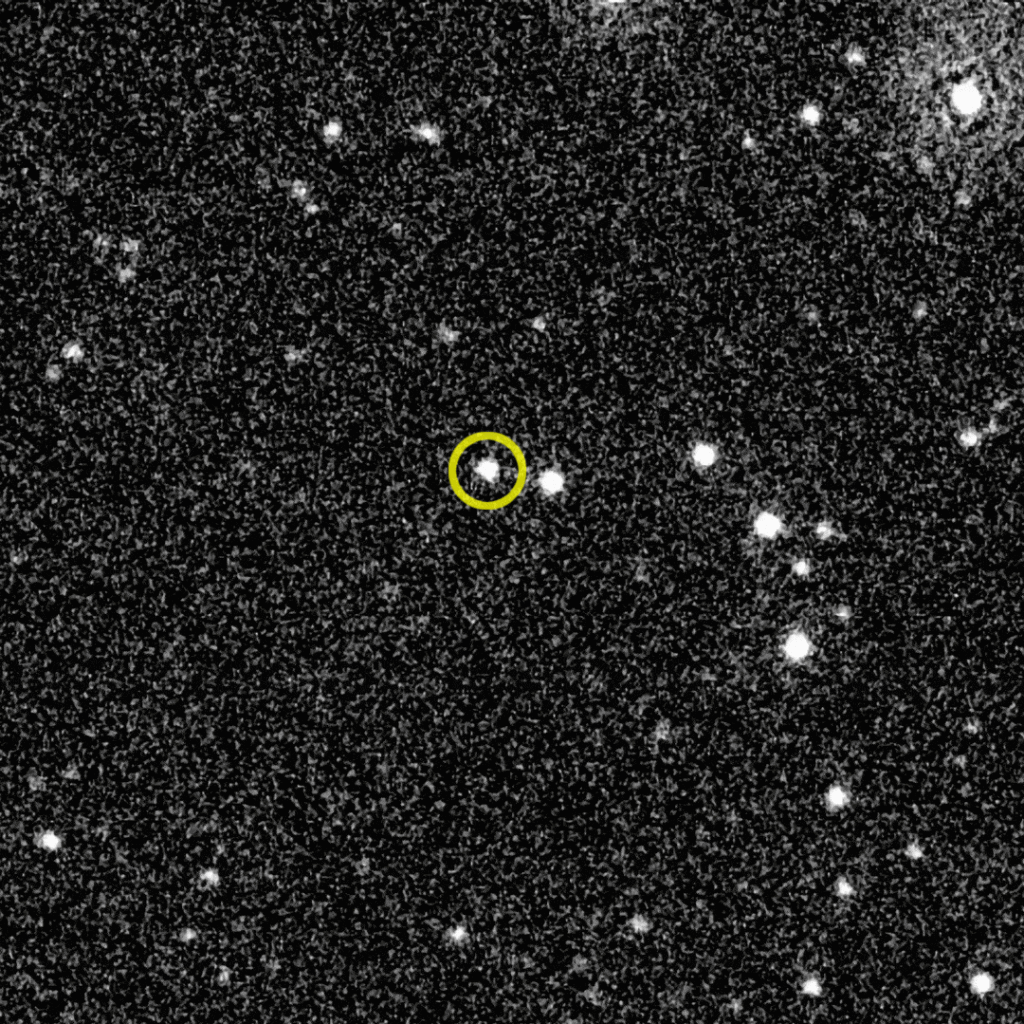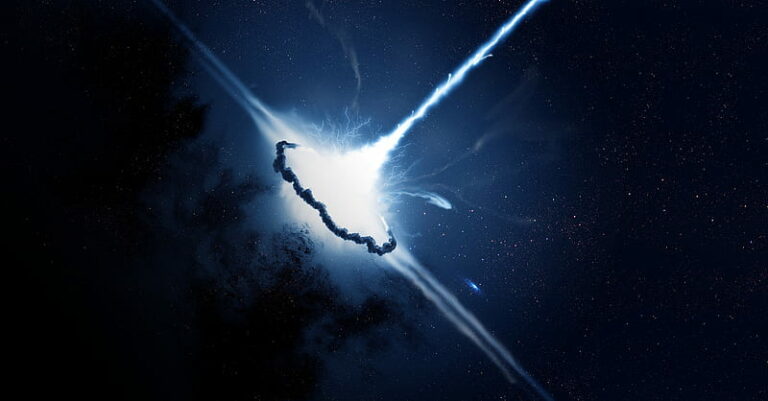This extremely brilliant light in the space is similar to shining a telescope at the sun as astronomers stated.
Usually, in space, there are explosions of various objects. Over the past year, astronomers observed one of the largest stellar explosions recorded. NASA’s Swift Observatory recorded the strongest gamma-ray burst, which is the most energetic outburst in the Universe. These bursts of energy, which travel through space, are thought to originate from supernovae, that is, the core collapse and explosion in a massive star.
Only supermassive stars, at least eight times the size of the sun, can go supernova. But for creating the most powerful gamma-ray burst, the star has to be of 30-40 times the size of the sun. The recent detection was made from such a young and powerful star that occurrences of this kind are expected to happen once in a decade or so.
As stated by Yvette Cendes, an astronomer and a postdoctoral fellow at the Harvard-Smithsonian Center for Astrophysics, this occurrence is fairly rare.
Luckily, this is not a problem to worry about. This astounding supernova occurred in a galaxy about two billion light years away from us. The energy which has been on its way through the space for quite a long time does not harm us at this distance. But it is possible to observe the same using satellites with a lot of ease.
Cendes described it as similar to watching a fireworks display with the best seat possible being the front row.
It may also be noted that gamma rays are the most energetic type of radiation but are in the same category as x-rays, visible light, and AM and FM radios.
No gamma-ray burst has ever been spotted in our cosmic vicinity, or the neighbouring galaxies. This is so because stellar explosions are rare events in the universe. According to astronomers, a star in Milky Way galaxy explodes in supernova relatively once in a century. However, in a medium-sized galaxy such as ours, the chances of a massive star exploding and creating an amazingly brilliant and lengthy GRB of several minutes will occur only once in m.
“This is incredibly, incredibly rare,” said Cendes.
This is because a large number of star-filled galaxies are present in the huge universe and gamma-ray bursts are seen from a large distance. When taking into account the whole Universe, the chances of the event occurring near us are quite small. (Furthermore, the detection of it entails having to merge with the energy funnel released into space from the blast.

These signals are detected using very sensitive instruments mainly because gamma-ray bursts take place billions of light-years away. This is why the detection that was relatively ‘close’ was so intense and luminous.
This, as Cendes explains, is akin to pointing a telescope towards the sun. This explosion is recognized as one of the brightest events ever recorded by NASA and it saturated the detectors.
After such a dramatic collapse and explosion, one might wonder what has become of the star that blew itself up. Most likely, it evolved into a black hole. According to NASA, most black holes are formed from the remains of an enormous star that dies in a supernova burst.

Black holes have always been one of the most fascinating subjects in the field of astrophysics. As earlier discussed, these mysterious celestial objects are created when matter is folded into an extremely confined area. It is interesting to note that if the Earth were to be squashed into a black hole it would barely fit in a bottle cap, and would have a diameter of less than an inch.
Nonetheless, the black hole would be much smaller compared to its initial size; it would contain as much mass as the entire Earth though. In such black holes lies a region called the event horizon where there is an incredible force of gravity that even light cannot escape from. Gravity increases with mass and the larger object has a stronger force of gravity as compared to a smaller one.

Strong telescopes, such as the Submillimeter Array radio telescope atop Mauna Kea in Hawaii, are being used by astronomers like Cendes to observe the aftermath of the spectacular gamma-ray burst.

The universe continues as a result. A star dies. A black hole forms. And intelligent life detects it all happening from about two billion light-years away.
Do not forget to share your opinion with us to provide you with the best posts !




0 Comments